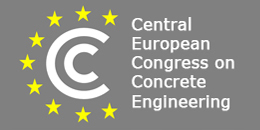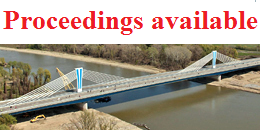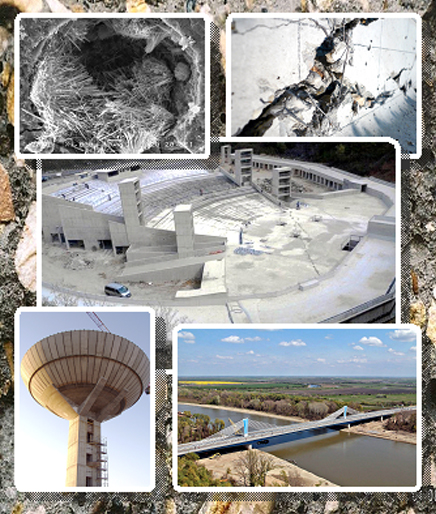
CCC2017 TOKAJ, HUNGARY
31 August - 1 September 2017

CCC HISTORY
The four founding countries - Austria, Croatia, Czech Republic and Hungary - decided in 2004 to cooperate more closely and to launch the CCC as a forum for an annual cross-border exchange of experience among principals, authorities, contractors, design engineers and academics in the field of construction materials and technology, concrete structures and civil engineering, as well as applied research and development. Poland joined the group in 2012 as a member country forming the current organization of CCC.
History of Central European Congresses on Concrete Engineering:
- The 1st Congress in Graz (Austria) in 2005 was dedicated to Fibre Reinforced Concrete in Practice.
- The 2nd Congress in Hradec Kralove (Czech Republic) in 2006 had the main topic Concrete Structures for Traffic Network.
- The 3rd Congress in Visegrád (Hungary) in 2007 focused on Innovative Materials and Technologies for Concrete Structures.
- The 4th Congress in Opatija (Croatia) in 2008 concentrated on Concrete Engineering in Urban Development.
- The 5th Congress in Baden (Austria) dealt with Innovative Concrete Technology in Practice.
- The 6th Congress in Mariánské Lazně (Czech Republic) in 2010 had the main topic Concrete Structures for Challenging Time.
- The 7th Congress in Balatonfüred (Hungary) in 2011 repeated the topic Innovative Materials and Technologies for Concrete Structures.
- The 8th Congress on Plitvice Lakes (Croatia) in 2012 was dedicated to Durability of Concrete Structures.
- The 9th Congress in Wrocław (Poland) in 2013 was dedicated to Concrete Structures in Urban Areas.
- The 10th Congress in Liberec (Czech Republic) in 2014 had the main topic Concrete Offers for Period of Economic Recovery.
- The 11th Congress in Hainburg (Austria) in 2015 was dedicated to Innovative Concrete Technology in Practice.

The 12th Congress in Tokaj (Hungary) is going to focus on the most intensively developing regions of the modern societies according to the general congress topic: INNOVATIVE MATERIALS AND TECHNOLOGIES FOR CONCRETE STRUCTURES.
All of the pages on this website are the copyright of Hungarian Group of fib
